
Kawasaki
Kawasaki, from Ships to Motorcycles
Kawasaki Motor Corporation.
The original Kawasaki company was started by Shozo Kawasaki, who was born in 1837 as the son of a Kimono merchant. At the age of 17 Shozo became a tradesman in Nagasaki, Japan.
In 1864, Shozo started a shipping business with a single cargo ship. Unfortunately, his ship sank during a heavy storm. After working for other shipping companies and setting up sea routes, he established, with the help of Vice Minister of Finance (who was from the same province as Kawasaki), the Kawasaki Tsukiji Shipyard in Tokyo.
The company expanded into many areas where steel fabrication was required, including freight cars, locomotives, carriages and, by 1906, girders for bridges (at a plant based in Hyogo). The following year the dockyard company began to produce steam turbines for the marine industry.
The Hyogo plant also became the home for the manufacture of aircraft which went into production in 1918, producing Japan’s first aluminum bodied aircraft—up until this time most aircraft were made from wood with cloth stretched over spars.
First Motorcycles
By the time the first motorcycle was produced in 1961 at the Kawasaki Aircraft plant, the various companies had merged into the major corporation known today as Kawasaki Heavy Industries Ltd. which is a truly global entity. The company has manufacturing plants in eight countries including Japan, China, Philippines, Thailand, Indonesia, Brazil, and two in the USA (Lincoln, Nebraska and Maryville, Missouri).
Interestingly, Kawasaki has the distinction of being the first Japanese company to produce motorcycles in the United States–the first machines were built at the Lincoln plant in 1974. This plant now manufacturers ATVs. Jet Skis® and Utility Vehicles, many of which are exported to various markets throughout the world, including Japan!
Models of Significance
Kawasaki has produced many significant models over the years, predominantly with an appeal to sports riders. The knowledge gained in international motorcycle competition (including Grand Prix racing and world Superbike ) has been used to good effect on their street machines wherever possible.
The triple cylinder range of Kawasaki 2-strokes were introduced in 1968. The H1 Mach111 was an instant success. Offering staggering (for the time) straight line acceleration—the H1 could cover the – mile in 12.96 seconds with a terminal speed of just over 100 mph.
Following on from the success of the 500-cc three, Kawasaki soon had versions available in 250 and 350-cc (later replaced by a 400 version), and the ultimate street 2-stroke the H2 750. Although these machines proved to be reasonably reliable, they suffered from poor handling characteristics—the 750’s were nicknamed the widow maker!
Today the Kawasaki triples are finding their way into many collections of classic bikes. Currently prices are reasonable and parts are still available for most models.
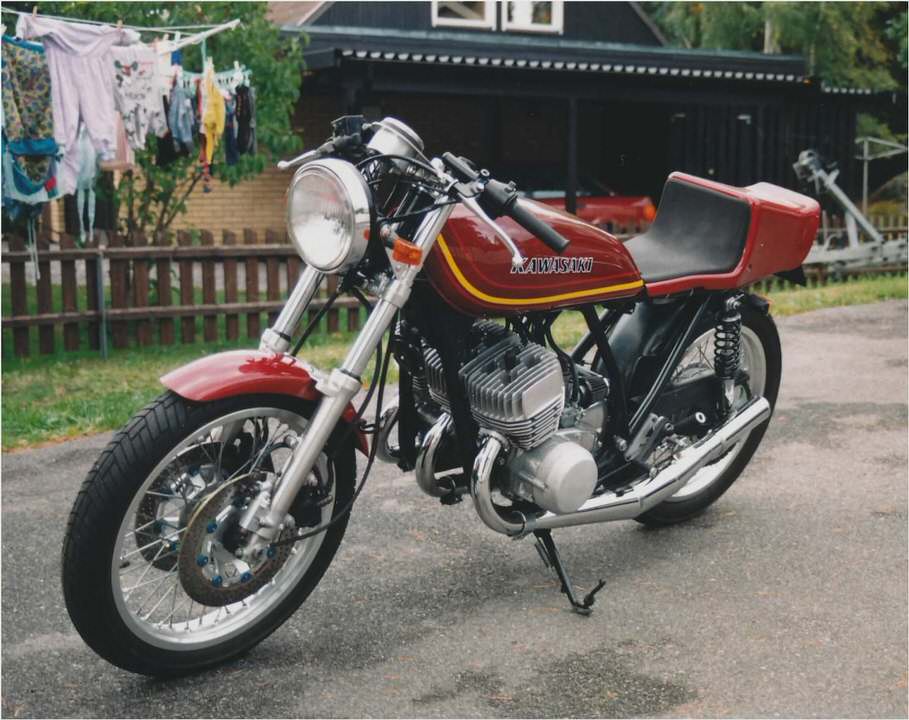
As an example, a KH400 from 1975, in excellent condition, is worth approximately $4,000.
Z900
The Z900 Kawasaki was originally designed as a 750, but when Honda introduced the CB750 in 1969 (beating Kawasaki to the market) Kawasaki decided to increase the capacity of their new 4-stroke and delay its introduction until 1972.
The DOHC Z900 Kawasaki engine is generally considered one of the most powerful and robust power plants to be produced by a Japanese company from that era. Although the engine was good, the frame and swing-arm were lacking in rigidity giving the machines relatively poor handling. Stiffer aftermarket swing-arms, combined with up-market rear shocks. went a long way to improving the Kawasaki’s handling.
Early examples (1973) of Z900 Kawasaki’s, in excellent condition, typically sell for around $18,000 and are highly sought after.
Ninja Range
In the middle 80s, Kawasaki introduced a range of sports bikes that carried the model name “Ninja,” a name that would be used for more than 20 years. The first Ninja’s were 900-cc 4-strokes, but these were quickly followed by 600, 750, 1000, 1100-cc versions and, in 1988, a 250 .
The Ninja range featured DOHC cam engines with four valves per cylinder and water cooling which, true to Kawasaki’s reputation, gave the machines excellent performance. The performance of the new machines was admirably demonstrated at the 1984 TT when the Kawasaki 900s finished first and second in the 751 to 1000-cc production class.
A 1984 ZX900 A1 Ninja, in excellent condition, is valued at approximately $4,400.
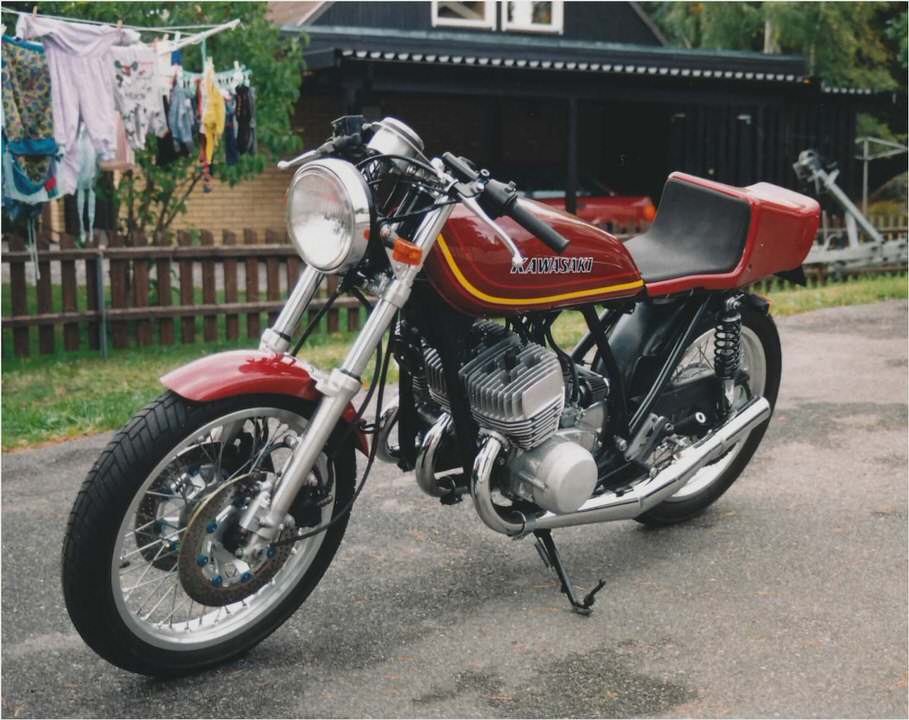
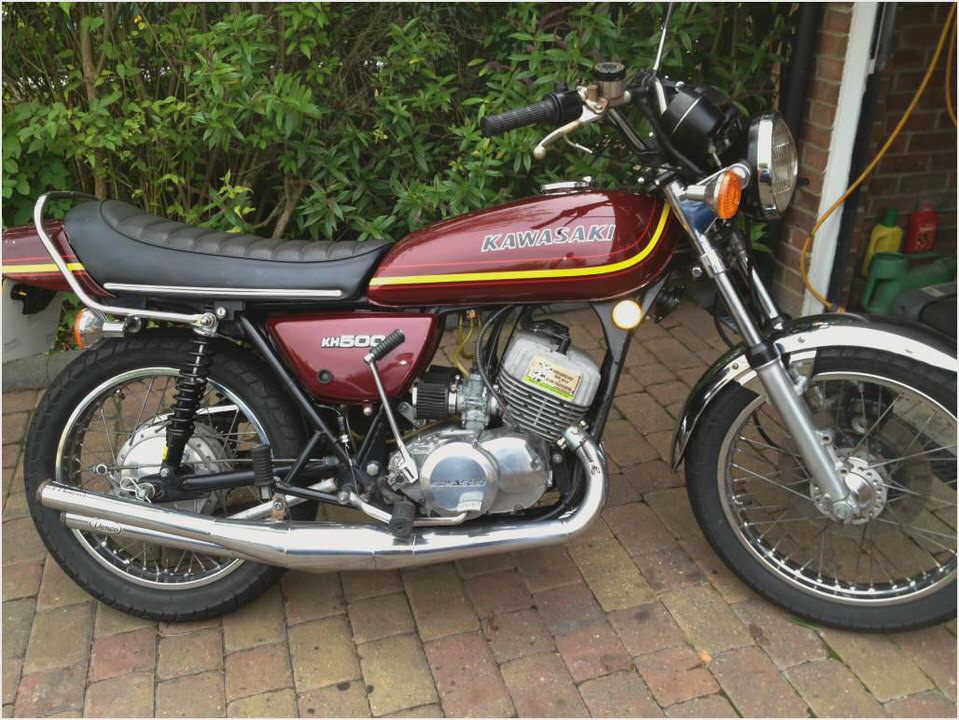
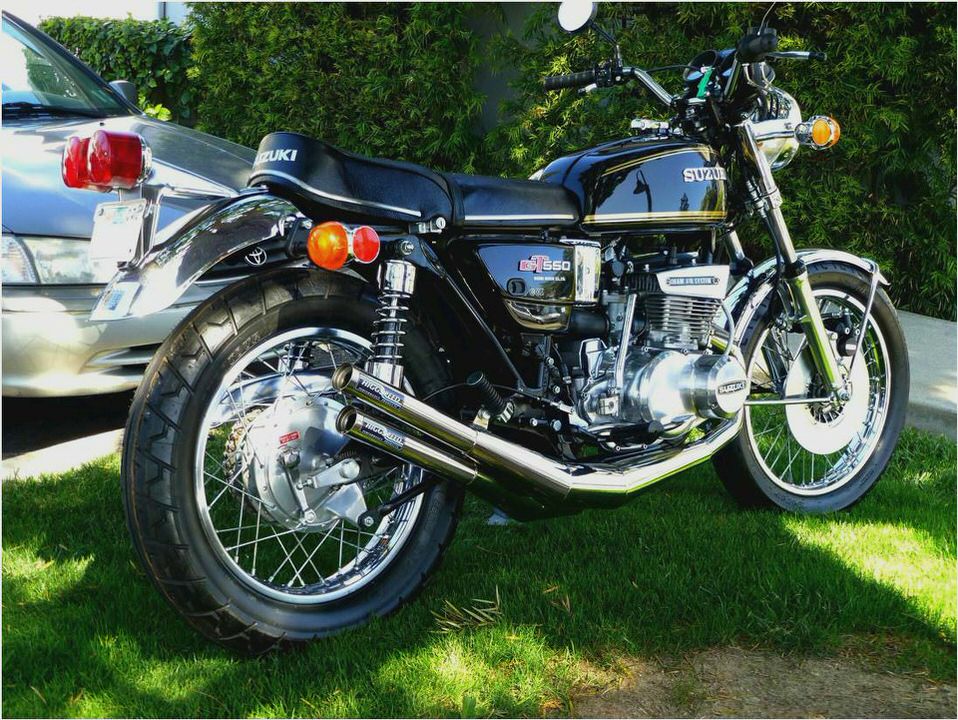
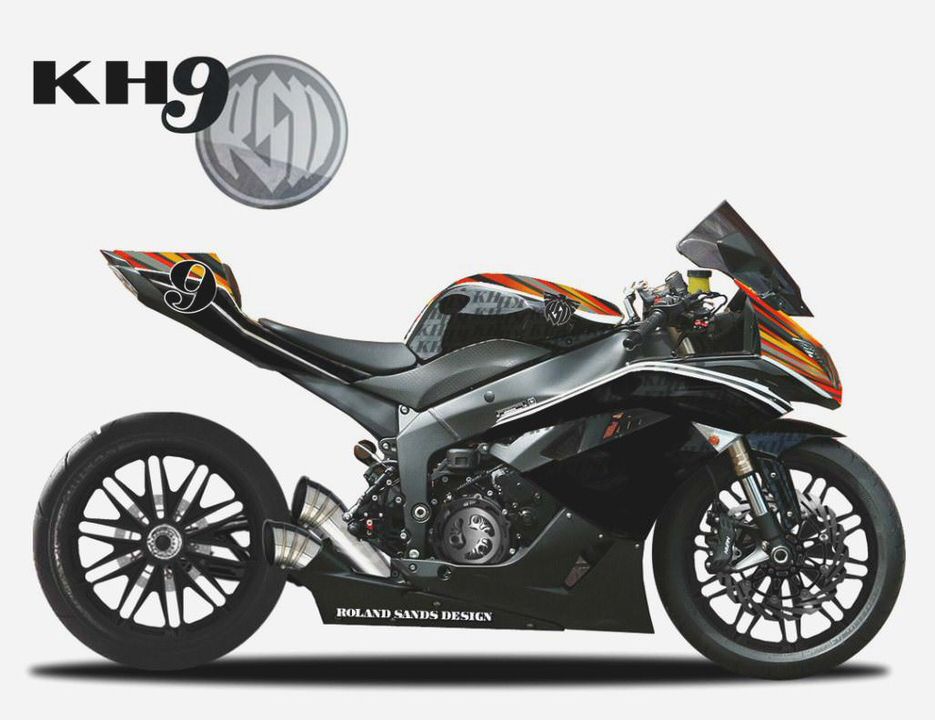
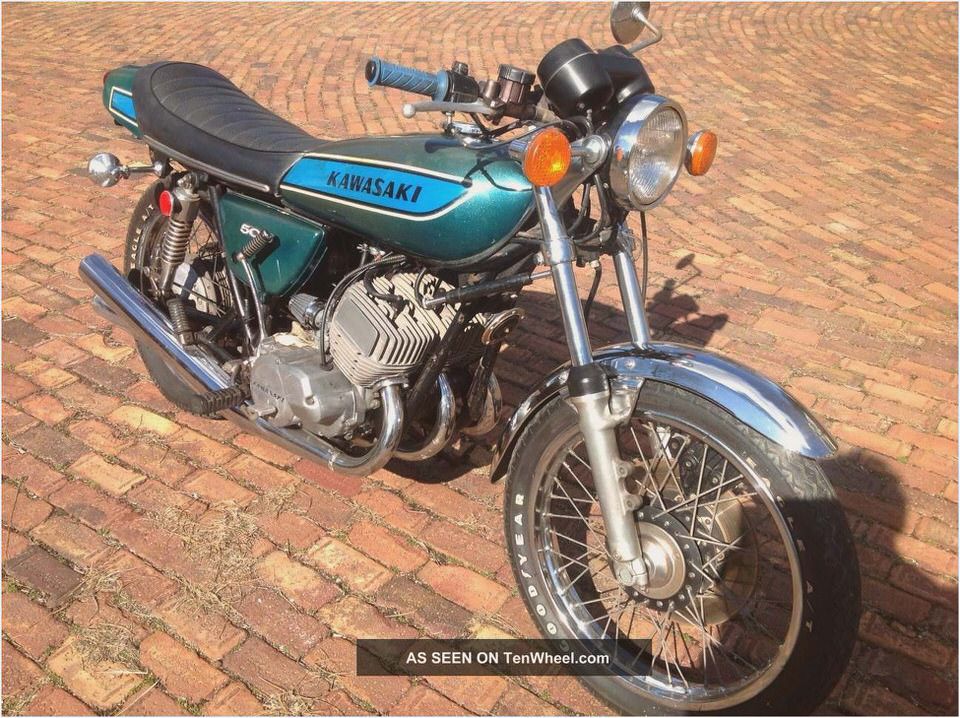
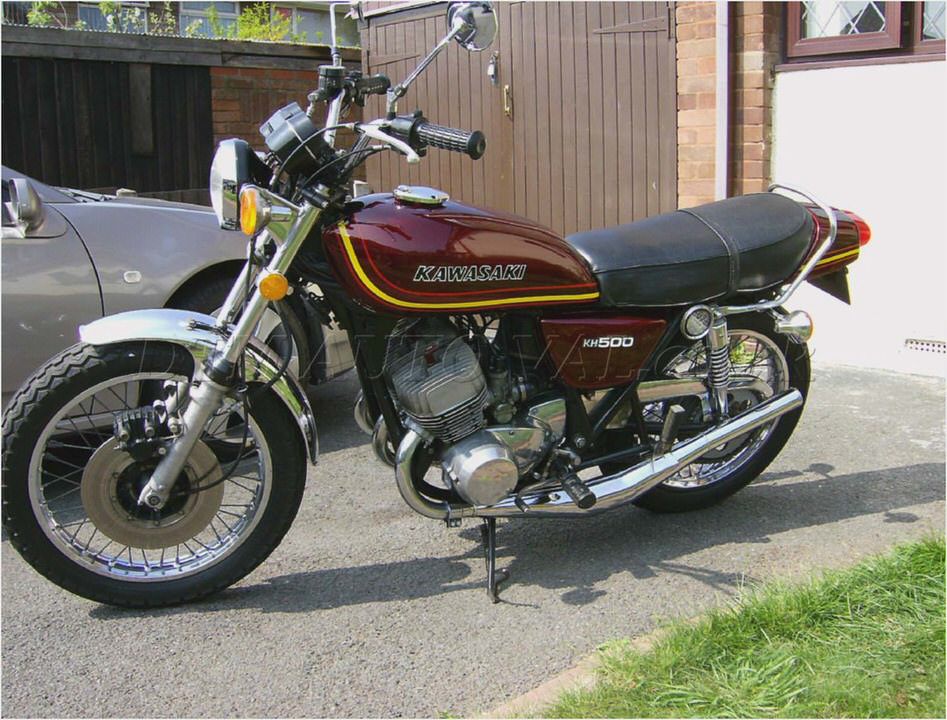
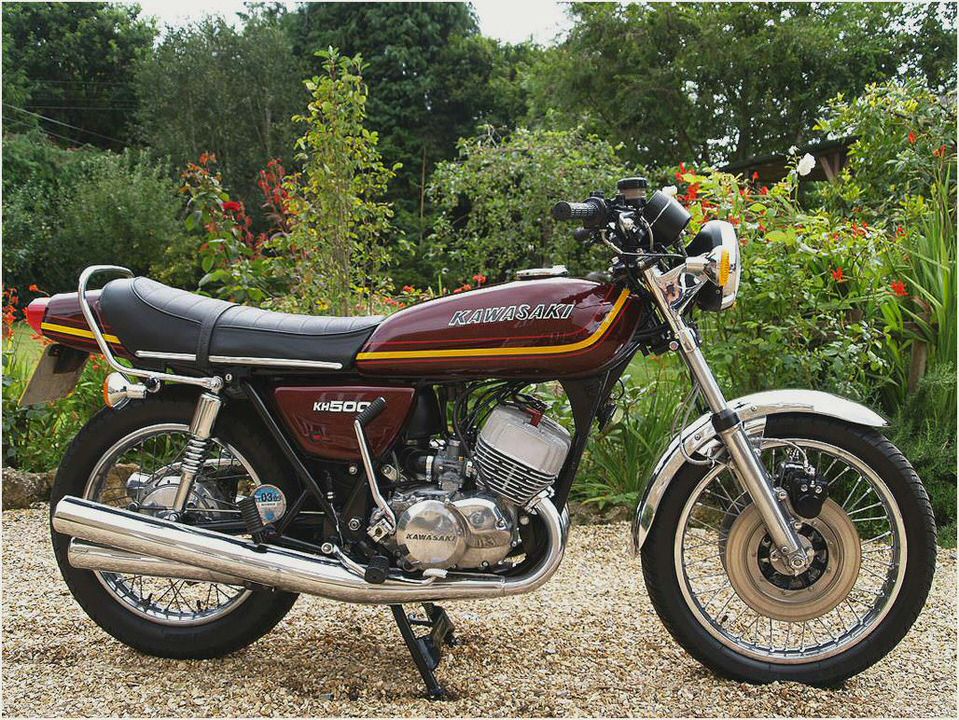

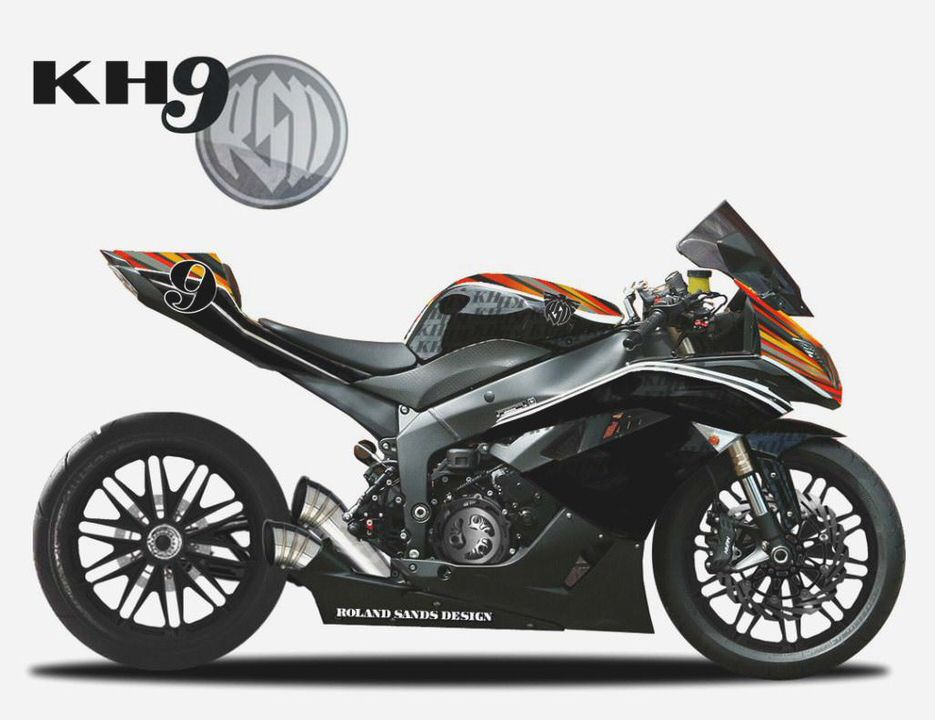
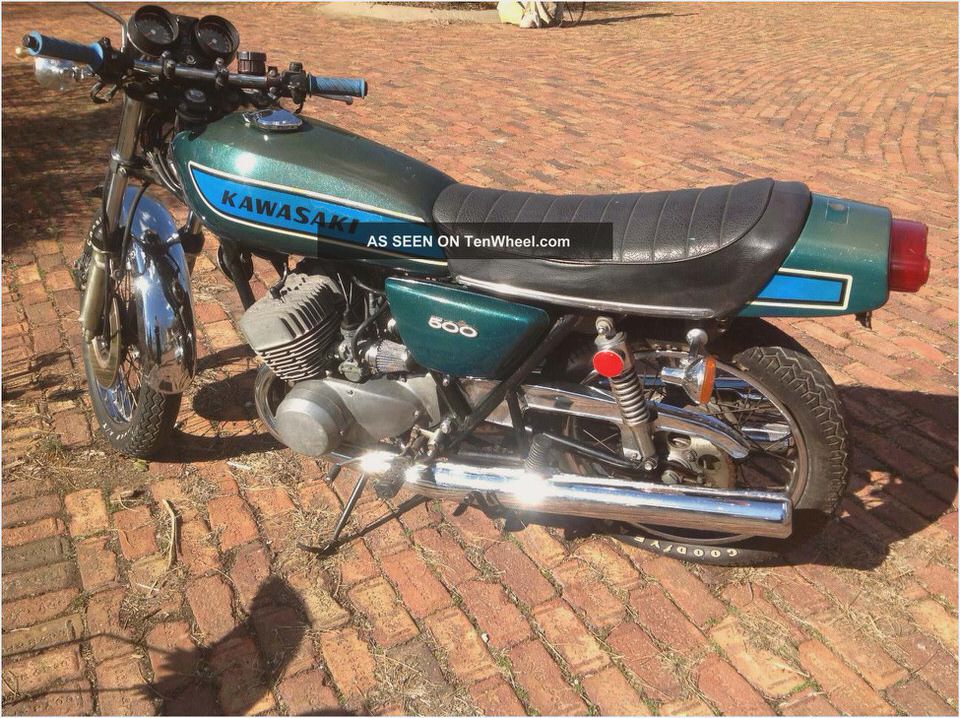
- Kawasaki GPz 1100 – Vintage Motorcycles Online
- Kawasaki H1 Mach III brought to you by MadaboutMotorcycles
- The Bike Shed Ton Up Garage Iawata
- Kawasaki W800 Review New Motorcycles New Zealand
- Kawasaki Ninja ZX-10R Kawasaki Motorcycles Parts Site
